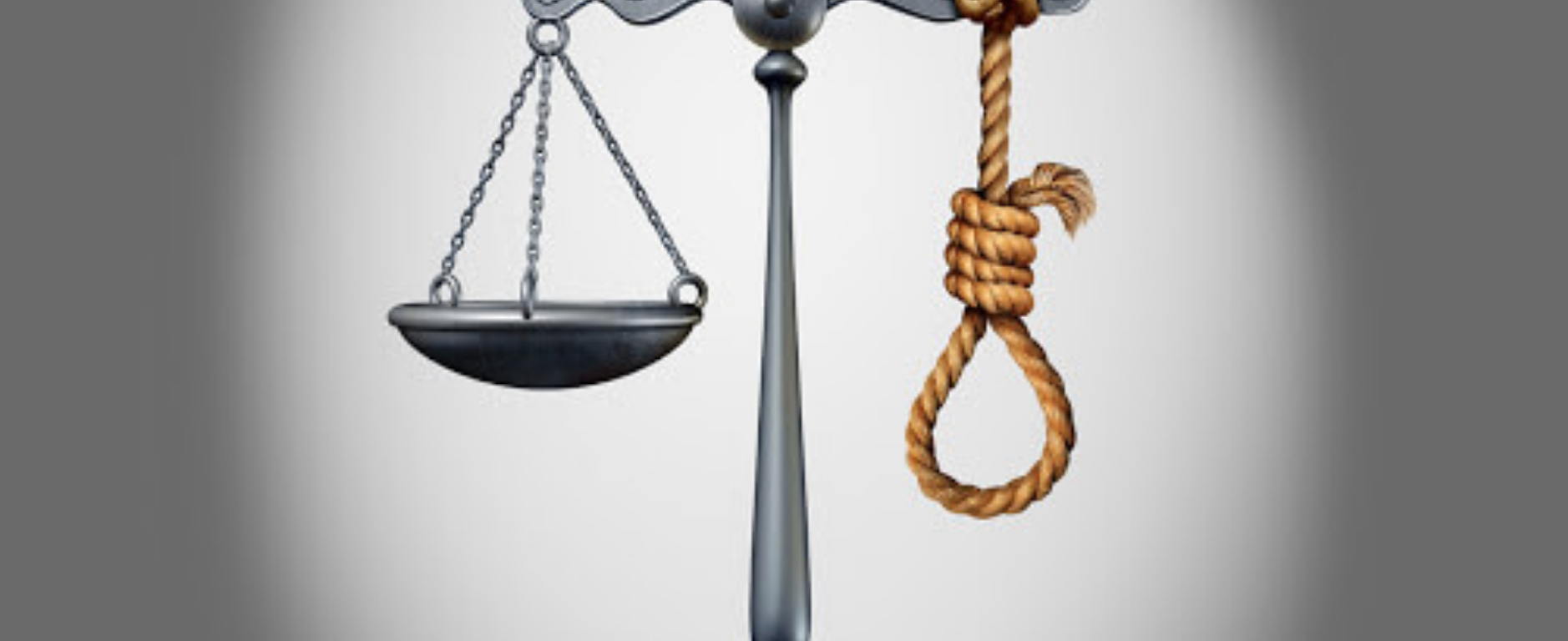It’s been nearly five decades since Canada parted ways with capital punishment. Was it the right decision, or should our country consider bringing back the death penalty?
Executions in Canada occurred during its colonial period as New France, and later British North America. It wasn’t widely used then, or after Confederation. From 1867-1976, a total of 1,481 people were sentenced to death in this country – and 710 were executed. After the period of French rule, the only method we used was hanging. Some Canadians expressed their opposition to capital punishment for personal, cultural and religious reasons, as they do today, although the numbers were much smaller.
When the House of Commons passed Bill C-48 in 1976, the death penalty was repealed and replaced with a mandatory life sentence for anyone found guilty of murder. A bill to restore this form of punishment was introduced in Parliament on June 30, 1987. It was defeated by a margin of 148-127.
While some right-leaning MPs have expressed their support for it, as well as right-leaning columnists and commentators (like me), there hasn’t been a new bill in years. Why? Support for the death penalty in Canada has swayed back and forth for decades.
A Jan. 22-25, 2001 Ipsos Reid poll outlined a dramatic drop in popular support for capital punishment. Whereas 73 percent of Canadians supported the death penalty in 1987, and 69 percent in 1995, this number plummeted to 52 percent in 2001. Opposition rose from 24 percent (1987), to 29 percent (1995) and all the way up to 46 percent (2001).
While these older statistics likely emboldened some anti-capital punishment activists, the trend has shifted somewhat in recent decades.
A Toronto Sun poll conducted in 2012 found that 66 percent of respondents supported the death penalty, but only 41 percent favoured its restoration. Meanwhile, Angus Reid noted in a 2013 poll that 63 percent of respondents supported its reintroduction, but when it came to deciding between the death penalty and life imprisonment, the latter was chosen by 45 to 39 percent.
There was also a 2020 online survey conducted by Research Co. comparing the views of Canadian and American adults. “51% of Canadians are in favour of reinstating the death penalty for murder in their country,” the public opinion firm noted, “and 59% of Americans support the possibility of prosecutors relying on capital punishment for murder cases.” Canadian respondents chose life imprisonment over the death penalty by 47-34 percent, whereas Americans were evenly split at 42 percent apiece.
What about regional and political disparity?
In the 2011 Ipsos Reid poll, the four western provinces had the highest levels of support for capital punishment: Alberta (64 percent), B.C. (59 percent) and Saskatchewan/Manitoba (57 percent). Of the six eastern provinces, Ontario had the highest percentage (53 percent), followed by Atlantic Canada (53 percent) and Quebec (42 percent).
Many Canadians were further turned off by the death penalty after several convictions were overturned due to new evidence and/or DNA testing. This included high-profile cases like Donald Marshall, David Milgaard and Guy Paul Morin.
The Globe and Mail’s editorial board claimed on Feb. 19, 2001 that the death penalty “is now viewed in much of the civilized world as unfair, cruel, backward and even barbaric.” Several individuals accused but later exonerated of murder charges, including Milgaard and Marshall, “would have been put to death if Canada still had capital punishment.”
Ah, Western and Eastern Canadian supporters of capital punishment must have been pleased as punch to learn the Globe’s editorial writers believed they were “barbaric.” The newspaper’s comments about Milgaard and Marshall were also unfounded. Although the last execution in Canada occurred in 1962 (Arthur Lucas and Ronald Turpin at Toronto’s Don Jail), both men were found guilty in 1969 and 1971, respectively. They were sentenced to life in prison at a time when capital punishment was still on the books.
Let’s juxtapose this data with a subject of a completely different nature.
Voter turnout in Canada has also swayed back and forth in recent decades. The 1980 federal election had a total voter turnout of 69.3 percent. This increased to 75.3 percent in the 1984 and 1988 elections. It dropped back to 69.6 percent in 1993, fell to 67 percent in 1997 and 61.2 percent in 2000.
In the past seven federal elections, total voter turnout has been as follows: 60.9 percent (2004), 64.7 percent (2006), 58.8 percent (2008), 61.1 percent (2011), 68.3 percent (2015), 67 percent (2019) and 62.6 percent (2021). With the exception of 2008, which was the lowest turnout in Canadian history, the general trend has been upward. Slightly in the Stephen Harper years, and more so in the Justin Trudeau years (although last year’s election debacle highlighted a significant decline).
What do these trends show? Popular opinion moves in cycles, and the wheels don’t always turn in one direction. Support for capital punishment, much like voting, health care, education, defence spending, welfare, religious attendance and participation, balanced budgets and other policies, will often experience certain ebbs and flows in national polls.
Is there a case for bringing back capital punishment to Canada? I believe so, but it would take a right-leaning political leader with conviction and backbone to make a convincing argument that it could be used in a limited, albeit appropriate, number of cases. We’ll see if that ever happens.
Michael Taube, a long-time newspaper columnist and political commentator, was a speechwriter for former Canadian prime minister Stephen Harper.






